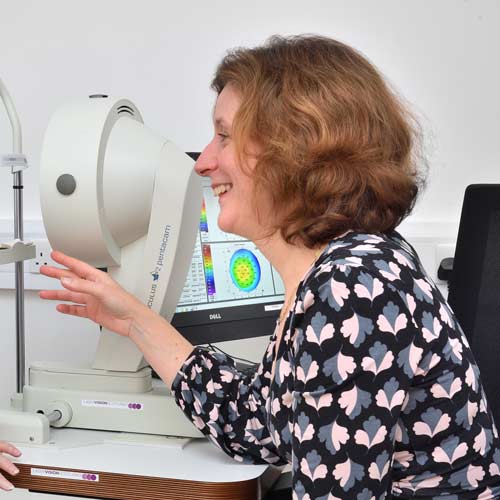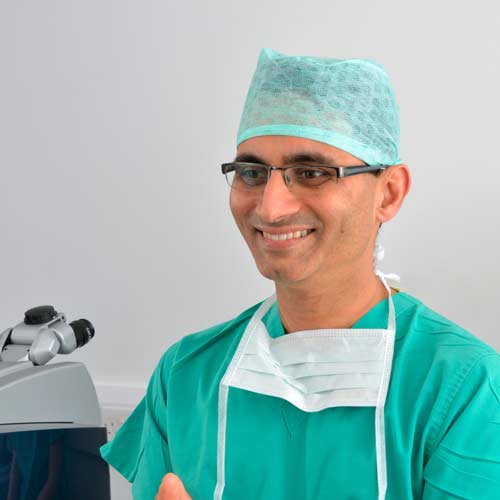- treatments
- oculoplastics
- eyelid ptosis surgery
Vision Scotland : Everything you need to know
Ptosis surgery
Eyelid ptosis affects the muscles in the eyelid that are designed to lift the upper eyelid. It causes drooping of the upper eyelid, but can be effectively treated with surgery.

